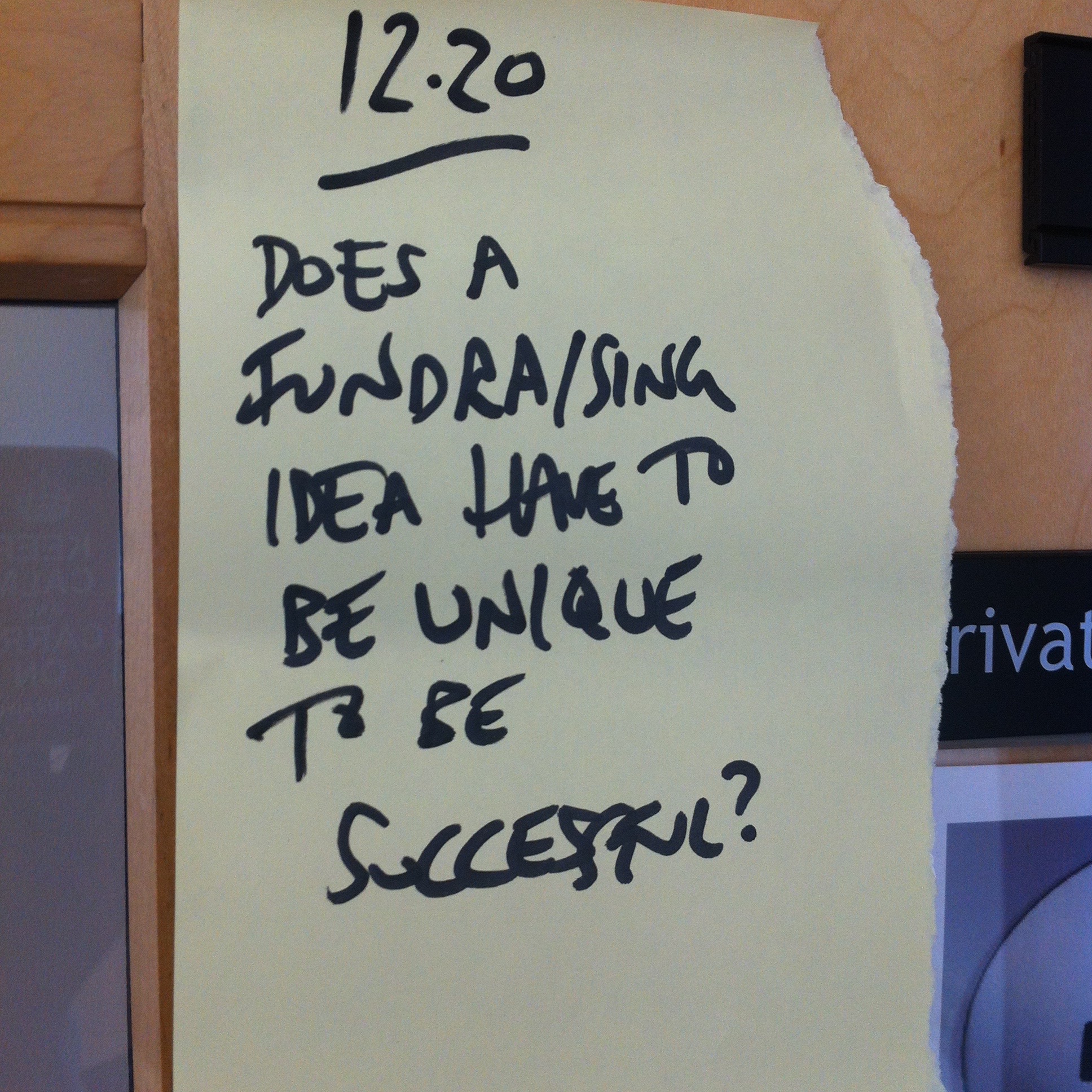Doing What You Can
My first fundraising job was at a very large research university that was (and is) well  known as a fundraising powerhouse. As long as I did the right things, which was mainly taking care of my prospects and donors and learning more about them so I could connect them to the things they cared about, raising money wasn’t hard. And because my job was 98% fundraising, I had the time to do it well.
My next job was at a small nonprofit where I was not just the only development officer, but I was also the chief cook and bottle washer. If you’ve been there, you know that meant little time and fewer resources to do development.
known as a fundraising powerhouse. As long as I did the right things, which was mainly taking care of my prospects and donors and learning more about them so I could connect them to the things they cared about, raising money wasn’t hard. And because my job was 98% fundraising, I had the time to do it well.
My next job was at a small nonprofit where I was not just the only development officer, but I was also the chief cook and bottle washer. If you’ve been there, you know that meant little time and fewer resources to do development.
It was tempting to concentrate only on arm’s length fundraising. But I knew that the money really comes when you get up close and personal with your prospects. So, I committed to having three prospect meetings a week. I figured that in three months, I’d add a solicitation meeting to the mix.
That turned out to be unrealistic.
It wasn’t so much that I couldn’t find the time to have three more meetings. Somehow there is always time for another meeting. What I didn’t have enough time for was the calls to get three appointments a week. Based on sales experience, I figured that it would take a minimum of 60 (and more like 100) phone calls on average to get those 3 appointments. Even assuming that in 80% of those calls I got to speak only to the answering machine, that was the equivalent of one full day a week. A day I didn’t have.
What was do-able, however, was to block out at least a half hour a day (or two and a half hours a week) to make phone calls. Because we hadn’t done any real fundraising for years, I didn’t exactly have a wonderful prospect list—but I sure had a lot of suspects!
I segmented by what I could—age and zip code, any connection to our organization. Where I didn’t have a phone number, I sent a letter—with a request to call me and a reply envelope. I didn’t get a lot of responses. Interestingly, though, I got more checks in the reply envelope than calls. That was okay. The checks generally gave me phone number and now my calls were much easier.
“Hi,” I would say. “This is Janet. I’m calling to thank you for your gift.”
That worked so well—over 85% of those folks were willing to meet, and most of them ended up giving larger gifts—that I figured I needed to get more reasons to make thank you calls.
A full-on direct mail campaign was beyond my budget, but I could and did send out large-sized post cards along with emails. The goal of these was to drive them to the website to register. Yes, I want to receive information about…..Yes, I would like to get quarterly alerts….Yes, I would like to donate. Gifts were nice, but mainly I wanted to get me up-to-date phone numbers for people who had self-identified as being interested in us, and a reason to call.
“Hi. This is Janet. Thank you for registering (or for your gift).”
Pretty soon (well, okay, it took 18 months), I could make 3 fundraising calls a week, which improved our fundraising bottom line immeasurably. Better still, the board decided that if I could accomplish that much by myself, think what could occur if they hired another staff member who was focused on fundraising.
Janet Levine Consulting works with nonprofits, helping to move them from mired to inspired. Learn more at www.janetlevineconsulting.com. Sign up for our newsletter and do contact me for a free, 30-minute consultation
